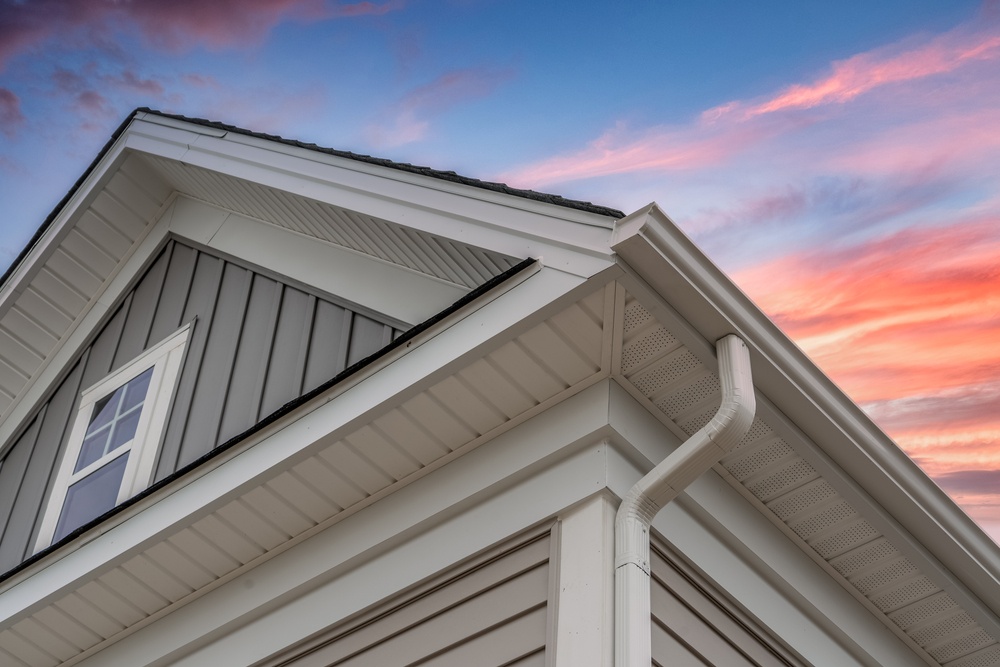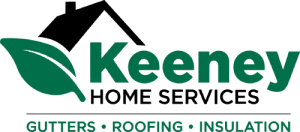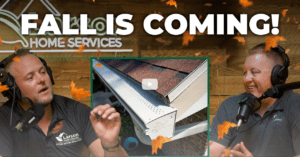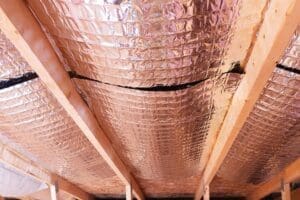Seamless Gutters vs Regular Gutters: Finding the Perfect Fit for Your Home

Gutters play a crucial role in safeguarding homes from water damage by channeling rainwater away from the foundation, walls, and roof. They prevent issues like flooding, erosion, mold growth, and structural damage, making them essential for maintaining a dry and structurally sound home.
As homeowners seek optimal solutions for gutter systems, the debate between seamless gutters and traditional gutters arises. Each option comes with its own set of advantages and considerations, making it important to weigh the differences to determine which best suits the specific needs of your home.
Understanding Seamless Gutters
Seamless gutters, also known as continuous gutters, are a type of gutter system that is custom-made to fit the exact dimensions of a home without any seams or joints along the length of the gutter. Unlike traditional sectional gutters, which are assembled from smaller pieces, seamless gutters are fabricated from a single piece of material, offering a smooth, uninterrupted flow for rainwater drainage.
Seamless Gutters Manufacturing Process
Seamless gutters are typically manufactured on-site using specialized gutter-making machines. These machines allow contractors to form gutters from coils of aluminum, steel, or other materials, ensuring precise measurements and custom fits for each home. The process involves feeding the coil through the machine, which shapes the gutter to the desired profile and length. Once formed, the gutter is cut to size and installed directly onto the home, eliminating the need for seams and reducing the risk of leaks.
Seamless Gutters Advantages
- Reduced Risk of Leaks: Because seamless gutters are fabricated from a single piece of material, they have fewer joints and seams where leaks can occur. This seamless design minimizes the likelihood of water seepage and helps prevent damage to the home’s foundation, walls, and landscaping.
- Enhanced Durability: Seamless gutters are built to last, as they are custom-made from high-quality materials and designed to withstand the elements. With fewer seams and joints, seamless gutters are less prone to corrosion, rust, and other forms of deterioration, ensuring long-term durability and performance.
- Aesthetic Appeal: Seamless gutters offer a sleek and streamlined appearance that enhances the curb appeal of a home. The absence of seams creates a clean and seamless look along the roofline, complementing the overall aesthetic of the property.
- Easier Maintenance: With fewer seams and joints, seamless gutters require less maintenance compared to traditional sectional gutters. The smooth surface of seamless gutters helps prevent debris buildup and makes cleaning and maintenance tasks more manageable, saving homeowners time and effort.
Traditional Gutters: Pros and Cons
Traditional gutters, also known as sectional gutters, are composed of multiple sections joined together to form the gutter system. These sections are typically made from materials such as aluminum, steel, or vinyl and are installed along the eaves of a roof to collect and redirect rainwater away from the home’s foundation.
Advantages of Traditional Gutters
- Lower Initial Cost: Traditional gutters are generally more affordable upfront compared to seamless gutters. The materials used for traditional gutters tend to be less expensive, making them a budget-friendly option for homeowners.
- Availability in Various Materials: Traditional gutters are available in a wide range of materials, including aluminum, steel, vinyl, and copper. This versatility allows homeowners to choose a gutter material that best suits their aesthetic preferences, durability requirements, and budget constraints.
Disadvantages of Traditional Gutters
- Increased Risk of Leaks: Traditional gutters are prone to leaks at the seams and joints where sections are joined together. Over time, these seams can deteriorate, leading to water leakage and potential damage to the home’s structure and landscaping.
- Potential for Debris Buildup: The seams and joints of traditional gutters can also serve as collection points for debris such as leaves, twigs, and dirt. This buildup can obstruct the flow of water, causing gutter clogs and overflow issues during heavy rainfall.
- Higher Maintenance Requirements: Due to the increased risk of leaks and debris buildup, traditional gutters often require more frequent maintenance compared to seamless gutters. Regular cleaning, inspection, and repair of seams and joints are necessary to ensure optimal performance and prevent water damage to the home.
Seamless Gutters vs Traditional: A Comparative Analysis
Installation Process Comparison
Seamless Gutter Installation
Seamless gutters are custom-made on-site using specialized machinery. This involves forming continuous gutters to the exact dimensions of the home, resulting in a seamless appearance without joints or seams along the length of the gutter.
Traditional Gutter Installation
Traditional gutters are assembled from pre-cut sections, which are then joined together during installation. This process involves measuring, cutting, and securing multiple pieces to form the gutter system, often resulting in seams and joints along the gutter length.
Cost Analysis
Initial Installation Costs
Seamless gutters typically have higher upfront installation costs due to the custom manufacturing process and specialized equipment required. Traditional gutters, on the other hand, are generally more affordable upfront since they are made from pre-cut sections.
Long-Term Maintenance Expenses
While seamless gutters may have higher initial costs, they often require less maintenance over time compared to traditional gutters. The seamless design reduces the risk of leaks and debris buildup, potentially saving homeowners on long-term maintenance expenses.
Performance Comparison
Effectiveness in Channeling Water Away From the Home
Seamless gutters offer superior performance in directing water away from the home due to their seamless design. This minimizes the risk of leaks and ensures efficient water drainage, reducing the potential for water damage to the home’s foundation and landscaping.
Durability Under Various Weather Conditions
Both seamless and traditional gutters can withstand various weather conditions, but seamless gutters may offer greater durability due to their seamless design. This reduces the risk of corrosion, rust, and deterioration, enhancing the longevity of the gutter system.
Aesthetic Appeal
Seamless Gutters’ Sleek Appearance
Seamless gutters provide a sleek and streamlined appearance along the roofline, enhancing the overall aesthetic of the home. The absence of seams creates a clean and modern look that complements the architecture.
Options for Customization
Seamless gutters offer customization options to fit the specific needs and aesthetic preferences of homeowners. This includes a variety of colors, materials, and styles to match the home’s exterior design.
Final Thoughts
While seamless gutters offer advantages such as durability and a sleek look, traditional gutters may appeal for their lower upfront costs. Regardless of the choice, gutters are essential for home protection, directing rainwater away from foundations to prevent damage. For personalized recommendations and expert assistance with gutter installation , replacement, or more information on our gutter warranties, contact Keeney Home Services today.




